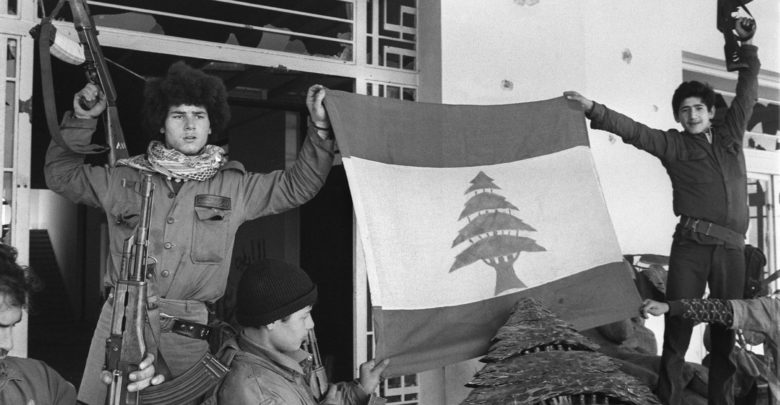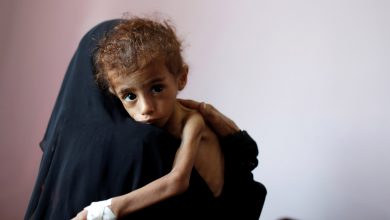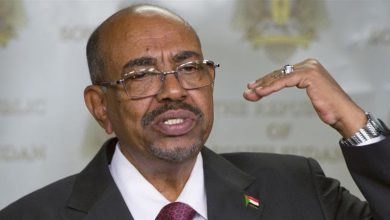Africa and Middle EastAllResolved
Pre-Civil War in Lebanon: Circumstance After French Retreat
What were the circumstances that led to civil discontent in Lebanon after the French retreat? Part 1

Shiites are a sect of Muslims, second in number only to Sunnis. The faction between the two groups occurred early in Islam, wherein the Shiite Muslims followed the lineage of Imam Ali, who is considered to them the second holiest prophet after Mohammed. Today, Lebanon’s Muslim majority comprises of Shiites, composing an estimated 40% of the country’s population. Shiites have maintained an influential role in the country’s politics since the civil war, which began in 1975. What were the circumstances that led to civil discontent after the French retreat? Part 1
Pre War
Before 1975, Shiite Muslims in Lebanon did not have a remarkable effect on Lebanese political influence. Leading up to the war, in fact, the economy and political situation was a cooperation between Lebanese Maronites and Sunni Muslims. Through a tenet of French rule, a Maronite occupied the office of the President, while a Sunni occupied the office of the Prime Minister. This division was set before the country’s independence from French colonialization in 1943, in an attempt to satisfy all three major religious sects in the country, although the indigenous Shiites considered this a period of little civil rights and full of injustices.

The actual origins of the civil war lie in the distribution of political power among the country’s ethnic groups. After independence from France in 1943, Christian Maronites composed the largest group, followed by Sunnis, Shiites, Greek Orthodox Christians, and Druze. The “National Pact,” the power-sharing scheme upheld by the Maronites and Muslims, enforced the aforementioned Maronite President/Sunni Prime Minister agreement. In addition, the speaker of the parliament was assigned to a Shiite, and his deputy to be a Greek Orthodox. This pact additionally required 6 Christian to 5 Muslim member ratio for the national assembly, while simultaneously assuring that each religious group had veto ability to policies of any other religious sect. Called a “confessional democracy,” this balance of power was extended in various governments and even the Lebanese Army.
The initiators of this pact established it so on the premise that no one group would be powerful enough to threaten the interests of another, and all groups would need to be in some sort of cooperation in order to set and maintain national policies. Additionally, since all groups were theoretically represented, none would fear direct exclusion or intimidation from the government. At the time, this innovative power-sharing dynamic succeeded in combining democracy with contrasting religious ideologies and ethnic groups that existed inside the country.
Rather than focusing on individual religious identities and their representations in the government, the “National Pact” took the opportunity to focus energies on their own gains. Instead of being a true representative of the population, the political power remained in the control of rich and influential families who held power under the French, notably elite Maronites who held significant weight in the during the country’s colonial period. All in all, the division of power according to population did not account for any provisions to change the balance of power  in consequence of a shift of demographic change. Although the 1960’s produced a Muslim majority, the strongest political power still belonged to the Maronites.
in consequence of a shift of demographic change. Although the 1960’s produced a Muslim majority, the strongest political power still belonged to the Maronites.
Isolationist policies of Lebanon crippled any potential of regional alliances, as the National Pact forum highly discouraged seeking any one sect seeking support from neighboring countries such as Syria, Iran or Israel. Efforts of these sorts were seen as an upset to the delicate balance of the National Pact.



